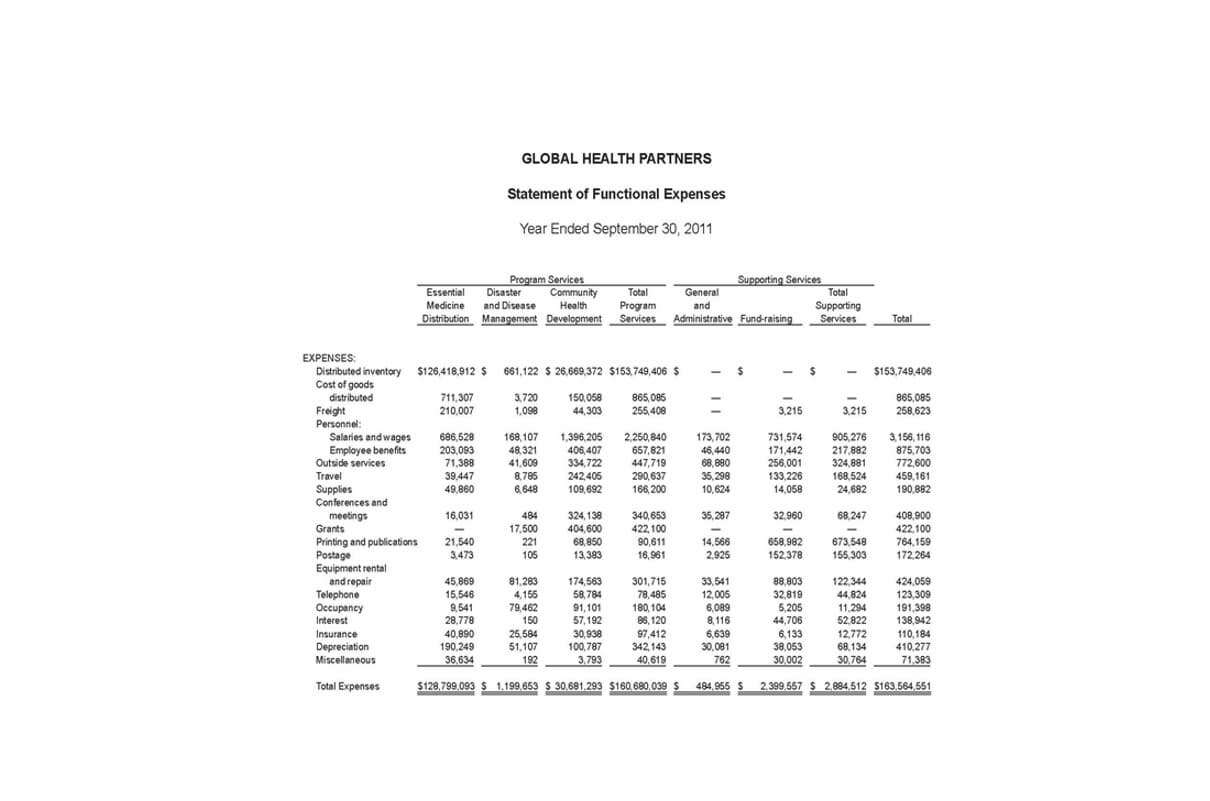
They have has been part of business transactions since the beginning of time. Buyers offer discounts and sellers receive it, either implicitly or explicitly. The purpose of this article is to explain the difference between trade discount and cash discount in detail. One reseller orders 500 green widgets, for which ABC grants a 30% trade discount. Thus, the total retail price of $1,000 is reduced to $700, which is the amount that ABC bills to the reseller. The amount of the trade discount varies depending on who is ordering the products and the quantities they are ordering.
Trade discount: Trade Smartly: How Trade Discounts Affect Cash Discounts

Discount series are a special type of price reduction that will be applied if the buyer meets several conditions. If in the example above a 4% cash discount was given for payment within 10 days. Assuming the customer decides to pay within the 10 day terms, they would deduct 27 (4% x 675) from the invoice price and pay only 648. It is accounting important to realize that the only bookkeeping entry relates to the net price (840) given to the customer.
Trade Discounts vsCash Discounts
So, whether you are a buyer or a seller, being aware of trade and cash discounts can help you trade smartly and maximize your benefits in the marketplace. Trade discounts and cash discounts have different impacts on a business’s pricing strategy. While trade discounts can help increase sales volume and attract customers, they may reduce profit margins.

Demystifying Trade Discounts: A Supplier’s Guide to Better Retailer Relationships
- While trade discounts can indeed stimulate sales and enhance cash flow, it’s essential to consider their impact on profit margins.
- In the digital age, negotiation has evolved to include data-driven strategies.
- It is given as a deduction in the list price or retail price of the quantity sold.
- Purchasing in bulk offers resellers the opportunity to receive a trade discount from suppliers.
Single discounts are most commonly used and are popular under the name of “one-off” discounts. To receive the discount, you only need to meet one specific condition, which can be anything from paying in cash to bulk purchases and purchasing within the determined promotional period. Trade discounts are a crucial element in the business world, offering benefits to both buyers and sellers. These reductions from the list price can significantly influence purchasing decisions, inventory management, and overall profitability. Manufacturers and wholesalers typically produce catalogs for customers and vendors to order products from.
- A wholesaler, on the other hand, might order 1,000 t-shirts at a time and could receive a 12 percent discount.
- This highlights the role of negotiation as not just a transactional process but one that is built on trust and long-term partnerships.
- The trade discount rate will vary dependent on the quantity or monetary amount of goods purchased.
- The manufacturing industry is another arena where trade discounts play a crucial role in determining cash discounts.
- It acts as the very basis for our calculations and understanding of the concept and its related factors.
Quick Tips for Smarter Discounts
Their purchase remained steady despite the discounts shrinking from $8.5 per barrel to $5-$6 per barrel. Setting real estate goals is a crucial step in achieving success in the real estate industry. Excel’s programming environment, VBA (Visual Basic for Applications), offers a powerful feature… In the realm trade discount example of data management and analysis, the ability to quickly and accurately retrieve… Understanding your audience is the cornerstone of any successful social media strategy.


For instance, a manufacturer might negotiate Accounts Payable Management longer credit terms with suppliers, allowing them to hold onto their cash for a more extended period. This negotiation can be particularly beneficial during economic downturns. It encourages the buyer of the goods to make payment at the earliest in order to avail cash discount, and so he will have to pay a lesser sum, than the sum actually due to him. It is provided when the purchaser makes timely or early payment for the goods bought.

Comentaris recents